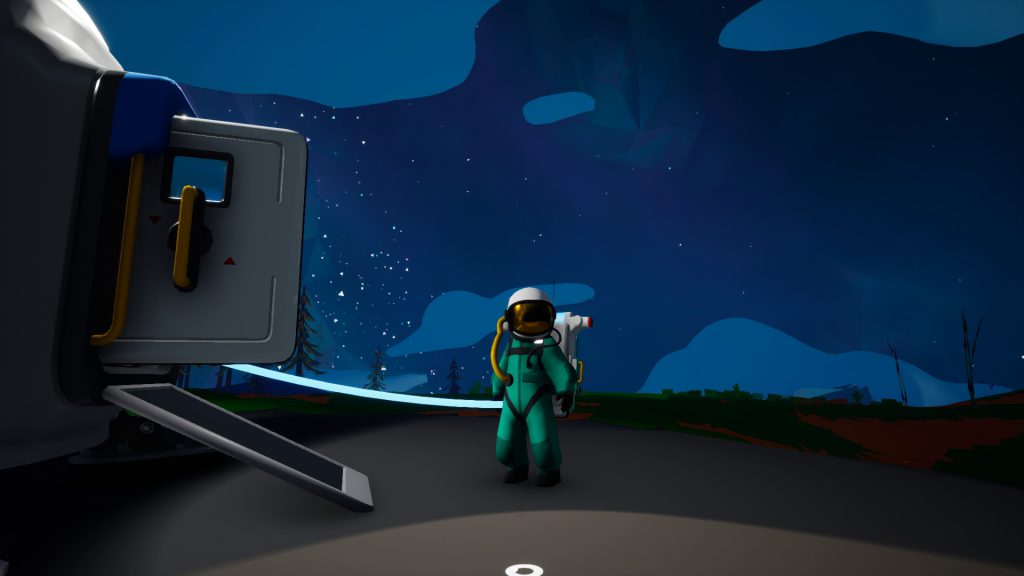The Way is the Goal
During my ongoing literature review I often discover interesting facts about things I’ve never thought about. Sometimes I can connect these facts with my own observations: The result is mostly a completely new idea why things are as they are. Maybe these ideas are new to you, too. Therefore I’ll share my new science based knowledge with you!
This week: This time, I think about the common approach of using guides and walkthroughs to beat a computer game.
When trying to figure out how one can complete a certain task, using the internet often is a valuable source of information. There are tutorials and video guides for almost every topic which explain the performance of an activity in detail. Reading or watching these information allows for the development of a comprehensive understanding.
In this way, searching the internet when tackling a new activity has become a common approach. Instead of first trying to figure out a solution to a specific problem, one prefers to look up information right away as it is more convenient. This is a good approach for crafting things or cooking meals as it can save materials and result in great outcomes.
However, searching for guides and walkthroughs for activities that are supposed to be challenging seems rather weird. Here, it is not about achieving perfect outcomes, but about the ability to find creative solutions. Strangely, many computer game players quickly refer to guides when they encounter the first difficulties during their gameplay. It seems that beating the game is more important than putting the own skills and creativity to a test.
Naturally, the decision how to tackle a difficult computer game is up to every player. Those who intend to be challenged most likely will avoid to use guides at all costs while other players who just like to experience the story might use walkthroughs. Things only become complicated when the two player types meet each other.
This was a common problem as I played World of Warcraft as my raid group constantly used guides instead of trying to figure out how to defeat a specific boss. Currently, I mostly experience this problem either when uploading gameplay videos to YouTube or by watching Let’s Play videos or streams of other content creators. Here, viewers often provide (unwanted) tipps how to successfully play the game.
As a result, it would be great when players who just like to experience the story accept the fact that others like to be challenged and to come up with own solutions. Also, seen from a game design point of view, it would be interesting when players would try to beat a game on their own, especially when it is designed to be difficult.
In conclusion, while it is a valid approach to use walkthroughs for a computer game, it takes away some aspects of the overall gameplay experience. Certain computer games are designed to be difficult and overcoming the challenges is part of the experience.
In the end, the way is the goal.
